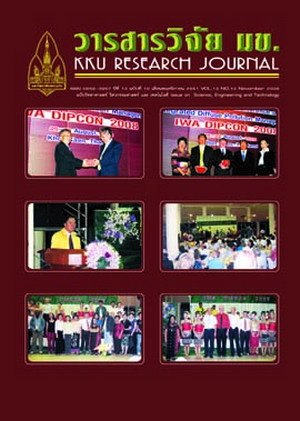Simultaneous removal of organic and solid matter nad Nitrogen in a SSHF constructed wet land in temperate mediterranean climate
Main Article Content
Abstract
In Portugal, small rural communities present low service levels in terms of wastewater treatment when compared to large urban areas. The hydraulic and pollutant loads are variable over time due to the incoming of non-point sources (namely from agricultural activities). The use of ecological treatment systems as horizontal subsurface flow (HSSF) constructed wetlands seemed to be a good solution for dealing with such load variability and without entailing excessive operation and maintenance costs. However, they should also allow fulfilling the goals of the Urban Wastewater Treatment Directive (91/271/EEC) and the Water Framework Directive (2000/60/EEC). The objective of the study was to evaluate the behavior of a HSSF system in the Cova da Beira region (Capinha) under the influence of transient loads, namely in terms of the variability of incoming flow-rate, organic matter (COD), nitrogen forms (total N, ammonia and nitrate) and suspended solids (TSS). The system showed an irregular removal of COD and TSS during the monitoring period, with lower removal efficiencies and lower areal removal rates when compared to the ones observed in other studies in Mediterranean countries, which was associated with the characteristics of the influent and its variability over time, as well as to a partial clogging of the bed. However, a good correlation between mass removal rate and mass load was observed for all measured parameters, which attests a satisfactory response of the bed to the oscillatory incoming loads. The system had a very good performance in terms of nitrogen removal (total N, N-NO3 and N-NH4) presenting higher removal efficiencies and similar areal nitrogen removal rates when compared to the ones observed in other studies in Mediterranean countries. Some discrepancy in the system performance was also observed in the spring and summer periods, which may be related to load fluctuations and changes in average temperature and pH. Both mass removal rates and removal efficiencies were much higher in the second period, especially in terms of nitrogen removal. Although the specific surface area of the bed (2.5 m2 /PE) seems to be enough for enhancing a higher removal of pollutants, the characteristics and variability of the incoming organic and solid loads may have contributed for a considerable bed clogging and, consequently, for the decrease of the effective area for pollutant uptake, which is affecting especially the organic matter removal.
Article Details
How to Cite
Albuquerque, A., Arendacz, M., Pempkowiak, H. O., Borges, M., & Correia, M. (2017). Simultaneous removal of organic and solid matter nad Nitrogen in a SSHF constructed wet land in temperate mediterranean climate. Asia-Pacific Journal of Science and Technology, 13(10), 1117–1128. retrieved from https://so01.tci-thaijo.org/index.php/APST/article/view/83498
Section
Research Articles


